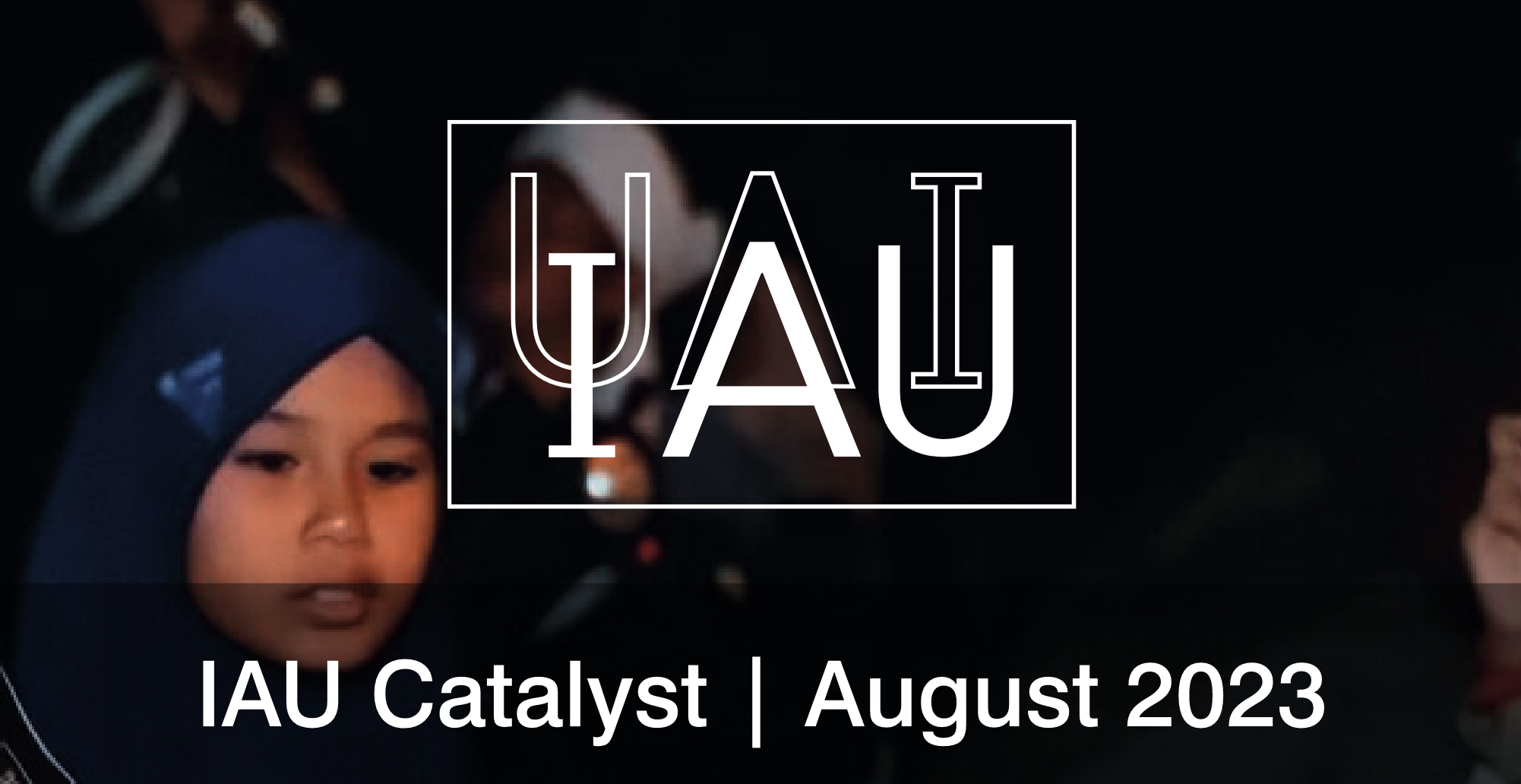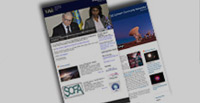- News
- Science
- Scientific Bodies
- Divisions
- Commissions
- Commission A1 Structure
- Commission A2 Structure
- Commission A3 Structure
- Commission A4 Structure
- Commission B1 Structure
- Commission B2 Structure
- Commission B3 Structure
- Commission B4 Structure
- Commission B5 Structure
- Commission B6 Structure
- Commission B7 Structure
- Commission C1 Structure
- Commission C2 Structure
- Commission C3 Structure
- Commission C4 Structure
- Commission C5 Structure
- Commission D1 Structure
- Commission E1 Structure
- Commission E2 Structure
- Commission E3 Structure
- Commission E4 Structure
- Commission F1 Structure
- Commission F2 Structure
- Commission F3 Structure
- Commission F4 Structure
- Commission G1 Structure
- Commission G2 Structure
- Commission G3 Structure
- Commission G4 Structure
- Commission G5 Structure
- Commission H1 Structure
- Commission H2 Structure
- Commission H3 Structure
- Commission H4 Structure
- Commission J1 Structure
- Commission J2 Structure
- Commission J3 Structure
- Commission X1 Structure
- Commission X2 Structure
- Past Commission Organising Committees
- Working Groups
- Centres
- Scientific Meetings
- Rules & Guidelines
- General Assemblies
- Meeting Proposals
- Future IAU Meetings
- General Assemblies
- EC Meetings
- Officers' Meetings
- Regional Meetings
- Symposia
- Focus Meetings
- Institutional Meetings
- IAU Offices Meetings
- IAU-Sponsored Meetings
- Letters of Intent submitted for 2024
- Letters of Intent submitted for 2023
- Letters of Intent submitted for 2022
- Letters of Intent submitted for 2021
- Letters of Intent submitted for 2020
- Past IAU Meetings
- Templates
- Other Meetings
- Grants & Prizes
- Scientific Bodies
- Publications
- IAU Publications
- IAU Strategic Plan
- Symposia
- WGSBN Bulletins
- Regional Meetings
- Information Bulletins/Catalyst
- E-Newsletters
- Focus Meetings
- Transactions A
- Transactions B
- Related Publications
- GA Newspapers
- CAPjournal
- IAU Books
- Brochures
- IAU Offices
- WG Reports
- Commission Reports
- Division Reports
- Past IAU Publications
- Rules, Guidelines and Instructions for Proceedings
- Publishers
- IAU Publications
- Administration
- About the IAU
- Statutes & Rules
- IAU Policies
- IAU Executive Bodies
- IAU Secretariat
- Resolutions
- Members Administration
- Administrative Dates & Deadlines
- International Organisations Relations
- Donate to the IAU
- Training in Astronomy
- Astronomy for Education
- Astronomy for Development
- Astronomy for the Public
- Office for Astronomy Outreach
- FAQ
- Themes
- Satellite Constellations
- Astronomy in Everyday Life
- How to Report a Discovery
- Careers in Astronomy
- Defining our Place in the Cosmos
- The Constellations
- Light Pollution
- Measuring the Universe
- Near Earth Objects
- How to Participate in Astronomy Research
- Naming of Astronomical Objects
- Naming of Exoplanets
- Buying Star Names
- Naming Stars
- Pluto and the Solar System
- IAU Member Statistics
- Our Moon: the Moon
- Meteors & Meteorites: The IAU Definitions of Meteor Terms
- UNESCO-IAU Portal to the Heritage of Astronomy
- Social Media
- Past Events
- Call for Online Resources
- Astronomy@Home Awards
- Contact

Marcos Machado
Argentina
1949-2018
Obituary:
https://spa.agu.org/spa-section-newsletter-volume-xxv-issue-62/
On 20 September 2018, Marcos E. Machado, passed away at the age of 69 after a two-year long illness that, despite of its seriousness, did not prevent him till the very end from working, continuing with his duties in several scientific organizations, answering to the reviewer of his very last article, and even start writing a new one.
Marcos E. Machado graduated in Astronomy at Universidad Nacional de La Plata, Buenos Aires, Argentina, in 1971. He continued his education at the University of Colorado, Boulder, until 1974, and held short-term positions as assistant researcher at the Joint Institute for Laboratory Astrophysics and Sacramento Peak Observatory. From 1977 until 1979, he was research fellow at the Harvard-Smithsonian Center for Astrophysics. Several of his most and still cited articles on spectral analysis and modelling of the solar atmosphere belong to this period.
In the 1980s he became engaged with a group of scientists at Goddard Space Flight Center, NASA, who were involved in several of the instruments flying onboard the Solar Maximum Mission. In particular, because of his previous collaboration with researchers at Utrecht University and a two-year working visit in France and The Netherlands (1981 – 1982), he became mainly involved in the analysis and modelling of the soft and hard X-ray emission of solar flares using the Hard X-ray Imaging Spectrometer (HXIS) observations. Several of his articles from the 1980s and early 1990s presented key and, probably, still valid results on flare energy deposition and transfer along coronal structures.
From 1983 to 1985 he returned with his family to Argentina to work at the Comisión Nacional de Investigaciones Espaciales (CNIE). At that time and under his mentoring and guidance the Solar Physics Group of the Instituto de Astronomía y Física del Espacio (IAFE) began to take shape and grew ever since. From 1985 and until 1993, with a few years back in Argentina, he became research fellow at the Marshall Space Flight Center and later Professor at the University of Hunstville, Alabama.
It was during that time that CNIE was replaced by the Comisión Nacional de Actividades Espaciales (CONAE), created in 1991. In 1993 Marcos returned to Argentina to work at CONAE and in 1997 he became its Scientific Director. This new commission launched the first Argentine satellite that included scientific national payload. Since then and until his death, Marcos worked at CONAE participating, among other tasks, in the design and update of the Argentine Space Program.
Marcos was an active supporter of the Latin American space physics community and one of the founding members of the Latin American Association of Space Geophysics (ALAGE) of which he was the latest President. In recognition of his relevant role in the promotion of scientific research and collaborations in space, he received in 2006 the Indian Space Research Organization's (ISRO) Vikram Sarabhai Medal for outstanding contributions to space research in developing countries.
His leadership and commitment will be deeply missed.
Past affiliation(s) within the IAU
- Past Organizing Committee Member of Commission 10 Solar Activity (1991-1994)
- Past Organizing Committee Member of Commission 10 Solar Activity (1988-1991)
- Past Member of Division C Education, Outreach and Heritage (until 2018)
- Past Member of Division E Sun and Heliosphere (until 2018)
- Past Member of Commission 10 Solar Activity (until 2015)
- Past Member of Division II Sun & Heliosphere (until 2012)
Areas of interest
1 - General: 1.6 - Astronomy Education, 1.7 - Sociology of Astronomy, 1.8 - Communicating Astronomy with the Public
2 - Physical data and processes: 2.25 - Plasmas, 2.27 - Radiation, 2.28 - Radiative transfer
3 - Astronomical instrumentation, methods and techniques: 3.7 - Space vehicles, 3.8 - Space instruments, 3.9 - Techniques
4 - Astronomical data bases: 4.4 - Surveys, 4.5 - Virtual observatory tools
6 - The Sun: 6.2 - Sun: activity, 6.3 - Sun: atmosphere, 6.6 - Sun: coronal mass ejections (CMEs), 6.10 - Sun: flares, 6.18 - Sun: magnetic fields
Search individual members

















